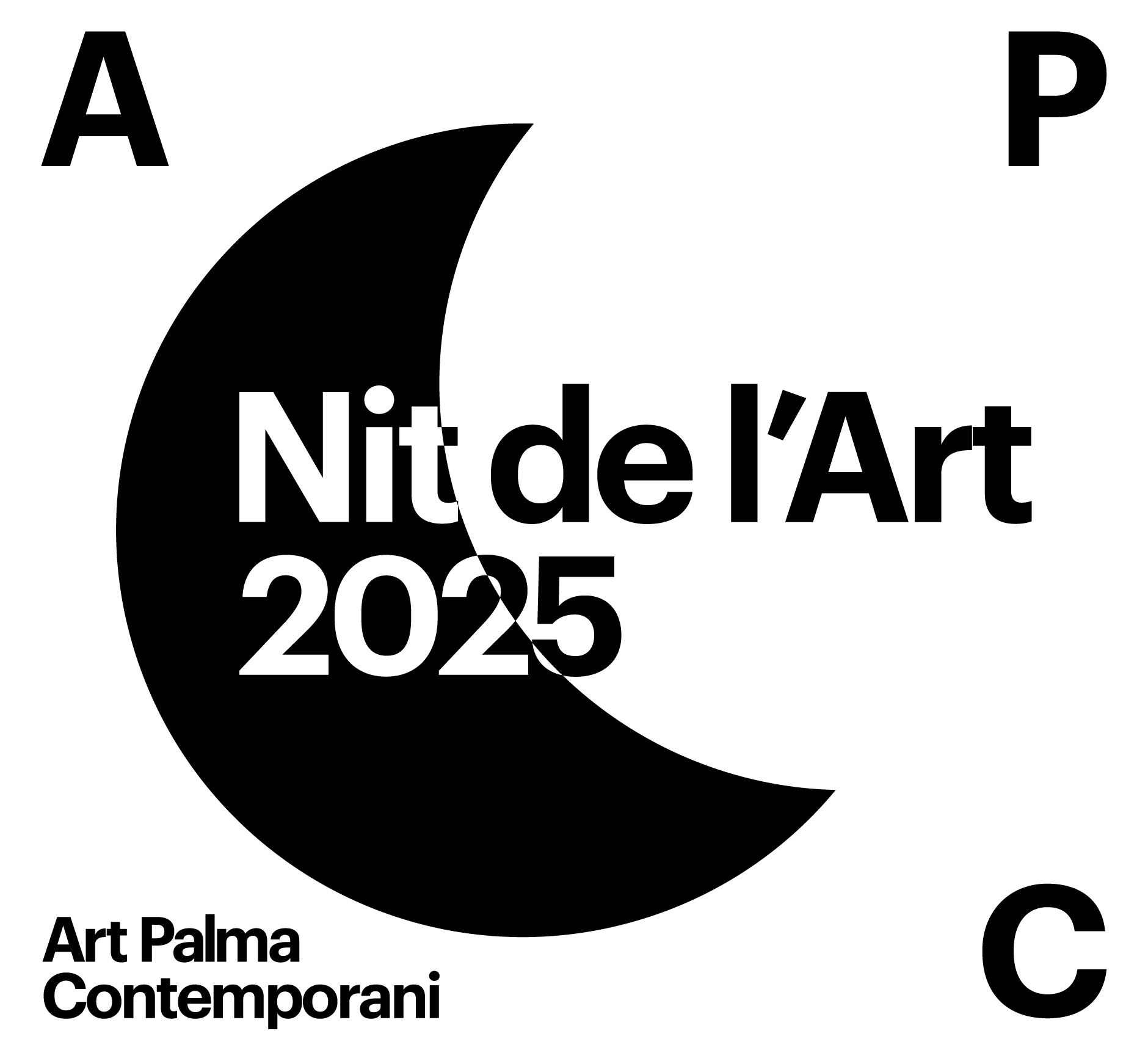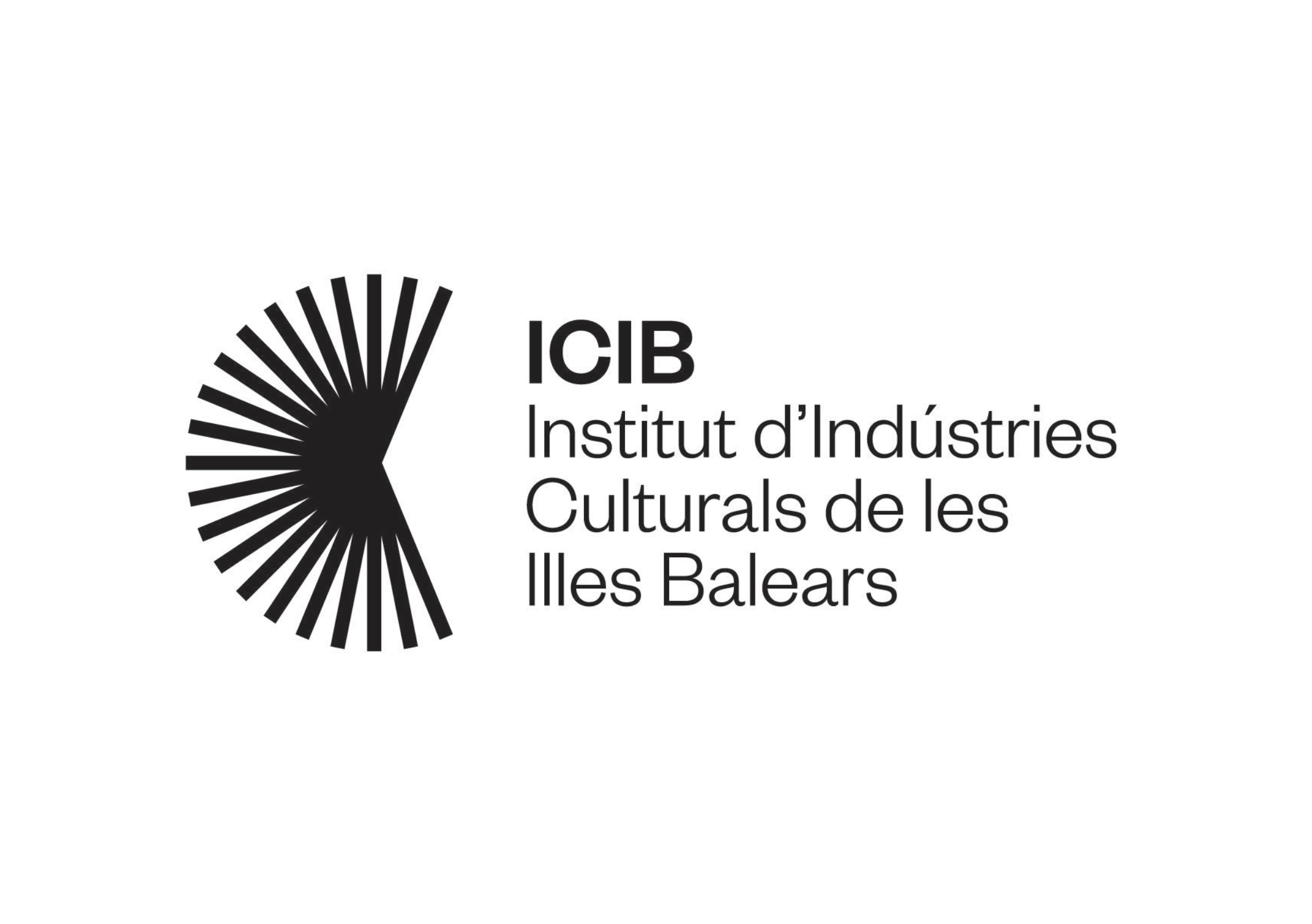

Opening: 20 de septiembre, 2025

Individual exhibition by Andrei Pokrovski at Pelaires Cabinet. Curatedy by Sasha Bogojev.
When speaking with Andrei Pokrovskii (Moscow, 1996) about the suite of paintings created for his Spanish solo debut at Pelaires Cabinet, a recurring theme was the idea of information encoded into fragments of the environment. The notion that something as unassuming as pollen or beehives can serve as natural archives of environmental, historical, ecological, and genetic insights led the Russian, London-based artist to focus on a form of subconscious or peripheral memory, sometimes referred to as ambient memory. In particular, these paintings explore the accidental deciphering of such encoded data as a source of inspiration and its potential transformation into thoughts, actions, or visuals.
In the 1940s, Swiss psychiatrist and psychologist Carl Jung collaborated with Nobel Prizewinning physicist Wolfgang Pauli to explore parallels between psychology and quantum physics. With the premise that psyche and matter emerge from the same underlying reality, and at deeper levels their boundary may dissolve, they searched for a unifying principle (the unus mundus) and set the foundation for Jung's theory of synchronicity. Considering the importance of meaningful coincidences without causal links, this theory backed the idea that inspiration may arise not just from observation but from an unseen field where inner states and outer events mysteriously align. In other words, it recognized art as a bridge between the intangible and the material created through the chance recognition of hidden signals embedded in the world around us. Such latent information remains invisible until it is revealed, but becomes powerful and loaded with meaning when unlocked.
Going further into the examination of the non-physical that prompts physical manifestation or action, Pokrovskii focused on the ever-present, powerful yet notoriously intangible phenomenon that is music. In particular, he considered the movement of air or breath as the powering force behind wind instruments, which historically carried eerie, menacing, or otherworldly connotations. Drawing connections with myths such as the seven trumpets in the Book of Revelation (6,75 or Merciful and With a Great Sense of Humor, both 2025) and The Pied Piper of Hamelin (Wet Tune, 2025), and even referencing the bizarre historical phenomenon of Dance Plague (Data Goes a Long Way or Pathology, both 2025), the idea was to examine how "nothing" could transform into "something." Whether it's the hypnotic sound of a flute, a trumpet, or a street organ, or a collective surrender enacted through bodily movements, Pokrovskii is fascinated by the intuitive absorption of atmosphere that manifests in a certain way, directly affecting those exposed to it.
With that in mind, the paintings resist realism in favor of resonance, inviting a slower, deeper, and more attuned look beyond the image itself. Compositionally, they appear as tableaux vivants, choreographed theatrical pauses that create moments of suspension, tension, and visual clarity.. Perhaps nodding to the Sienese school and a more lyrical, narrative-driven approach rooted in pre-Renaissance and spiritually infused understandings of space, the depth also feels shallow but legible, with inconsistent scale and perspective. The stylized figures appear less alive and more like extensions of their surroundings, thereby contributing to the sense of inward yet radiant spaces that create a feeling of being drawn into the image. The depicted perspective is intentionally non-naturalistic and designed to de-anchor the viewer from the ordinary and invite contemplation.
Through this approach, the paintings evolve into meditations on how unseen energies, whether sonic, spiritual, or psychic, move through space and settle within the body. As such, they are seen as objects, artifacts that can exist within the depicted reality. Referencing the multilayered tradition of icons in Orthodox Christianity, they transcend the image and are instead viewed as active agents, manifestations, or portals into a parallel reality. Just as pictures of scenes from scripture painted on wood panels using egg tempera and gold leaf aren't merely didactic tools but spiritual vessels that affirm the reality of the Incarnation, Pokrovskii's paintings become carriers of mood, thresholds between reality and dream, and containers of the invisible. This break from reality culminates in the golden glow, as though everything is seen through an amber filter. With clay-like tones dominating the image (occasionally interrupted by the evocative emerald or turquoise skies), the ambiance of otherwise frolicky, perhaps rascally moments shifts to solemnity or even dismay. These colors, alongside raw, unblended strokes, heighten emotion, hinting at pressure, alienation, or overstimulation. An overstimulation triggered by music, moods, or even unspoken frequencies, altering one's posture, breath, and thought, and causing emotional or societal disturbances. These immaterial forces bypass logic, settling somewhere deeper, where they tilt perception, and sometimes, without warning, possess the body completely. And in Pokrovskii's universe, they transmute melody into a malady.
Text by Sasha Bogojev
____
Andrei Pokrovskii (Moskow, 1996) lives and works in London. In 2016 he graduated from Moscow State University of Printing Arts, and in 2019 he graduated from British Higher School of Art and Design.
Andrei Pokrovskii's practice approaches painting as an artefact and through its materiality anchors it to an illusive, imaginary and mythical space. Keeping the subject intuitive and influenced by personal memories and experiences, along with affection for solitary, theatrical settings, he explores how a relationship with space is established.
Heavily inspired by ancient and religious art -such as devotional items, totems and icons, particularly their magical functionality rather than representational role-, the work questions how the pictorial environment affects and shapes the physical.
Qualities such as wooden support and panelling, volume, weight and texture, along with the image itself define the painting less as a picture but more as an object with its own gravity and presence. Acquired objecthood allows the painting form to become the extension of its subject, making it an artefact and physical manifestation of the mythical world it depicts.
______
La Galeria Pelaires ha rebut una subvenció del Consell de Mallorca i de l'ICIB per a la realització d'aquesta exposició.






